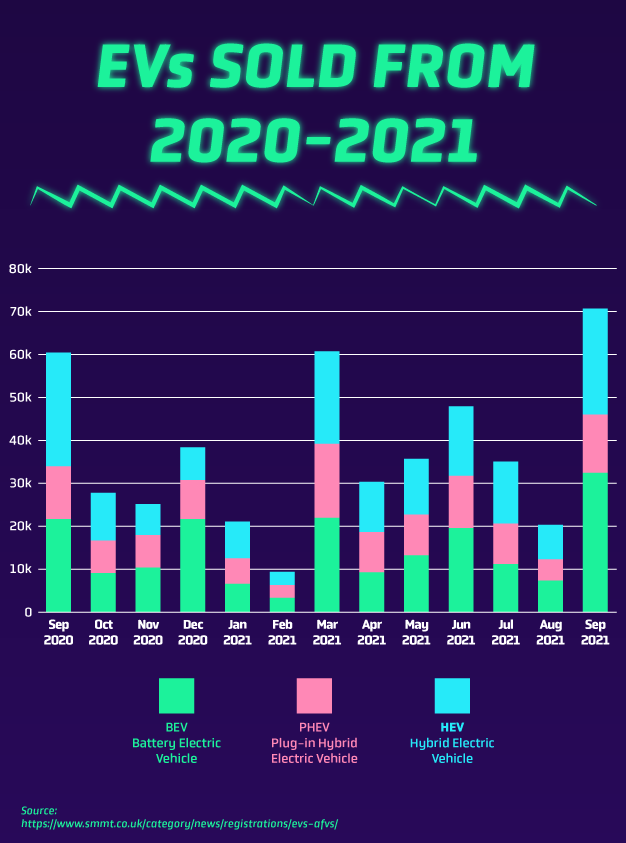Freezing weather and increased cabin heating could see some of the UK’s most popular EV models lose more than 30 miles of range this winter.
Data from Macklin Motors found that a cold snap could cause an EV to lose up to nine percent of its range overnight because of the high energy usage required to power through the freeze.
| Most popular EV models | Range (miles) before | Miles of range lost | Range (miles) after | Total miles lost | |
| Freezing weather | Cabin heating | ||||
| Tesla Model 3 | 360 | -32.4 | -5.40 | 322.20 | 37.80 |
| Polestar 2 | 335 | -30.15 | -5.03 | 299.82 | 35.18 |
| Volkswagen ID. 3 | 263 | -23.67 | -3.95 | 235.38 | 27.62 |
| Mercedes-Benz EQA | 263 | -23.67 | -3.95 | 235.38 | 27.62 |
| Nissan Leaf | 239 | -21.51 | -3.59 | 213.90 | 25.10 |
| Peugeot e-208 | 217 | -19.53 | -3.26 | 194.21 | 22.79 |
| Hyundai IONIQ Electric | 193 | -17.37 | -2.90 | 172.73 | 20.27 |
| MG ZS EV | 163 | -14.67 | -2.45 | 145.88 | 17.12 |
| MINI Electric | 145 | -13.05 | -2.18 | 129.77 | 15.23 |
| Honda e | 137 | -12.33 | -2.06 | 122.61 | 14.39 |
Together, the effects of freezing overnight weather and in-vehicle heating could incur more than 30 miles of lost range – and that’s all before it leaves the driveway.
Of the ten most popular EV cars, the data from Vertu Motors found that the Tesla Model 3 loses the most range (37.8 miles) due to cold weather and cabin heating. That’s the equivalent of a one-way trip from Manchester to Liverpool.
Tesla’s Model 3 high range losses are to be expected, considering it has the most amount of range.
The Honda e, on the other hand, has just 122.61 miles left on it after sitting in freezing weather overnight and being heated up (just enough to get it from London to Leicester one-way).
Other areas that energy losses can occur in an EV include old or worn tires, frequent acceleration, charging the battery, and parking up.
| EV’s biggest losses | Cause | Percentage lost |
| #1 | Acceleration | -20% |
| #2 | Old tyres | -20% |
| #3 | Charging | -16% |
| #4 | Freezing weather | -9% |
| #5 | Cabin heating | -1.5% |
| #6 | Parked | -1% |
| Total energy loss | -68% |
Tips to mitigate the losses on EV’s range
Charging the battery and parking up is unavoidable. Here are ways to mitigate the losses on an EV’s range.
For instance, rapid charging points can come in handy when out and about, although they can be expensive.
A Vertu Motors spokesperson suggests trying to charge your battery overnight at home.
You could also save precious miles by parking in a garage (at home) or a multi-story car park (when you’re out). These indoor areas help prevent energy loss.
But the most crucial – and perhaps simple – top tip is to aim to have your EV charged at around 50-80% when parked.
Lithium-ion batteries lose energy when they are fully charged and parked up. Leaving 100% charged batteries for long periods could even cause long-term battery damage.
For further insights and advice from Macklin Motors, visit Vertu Motors.




